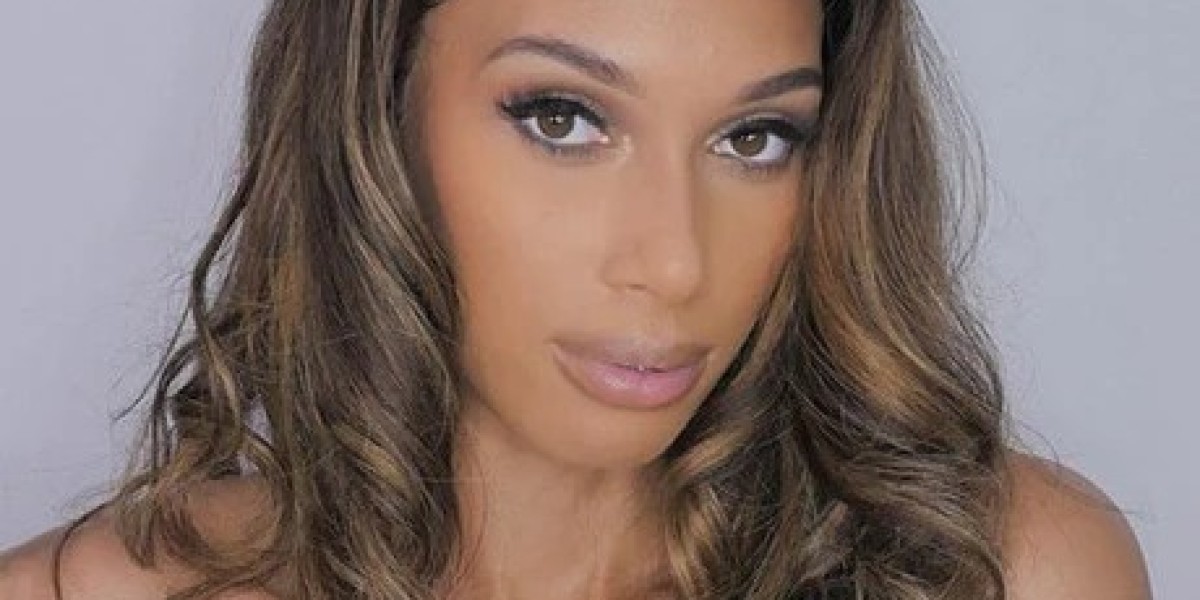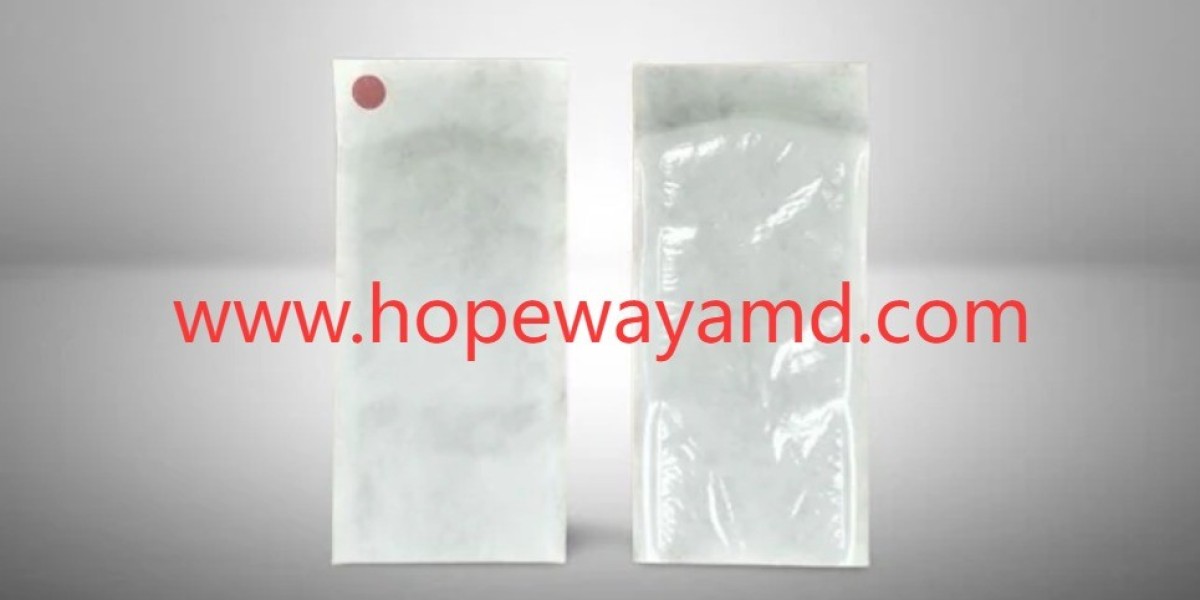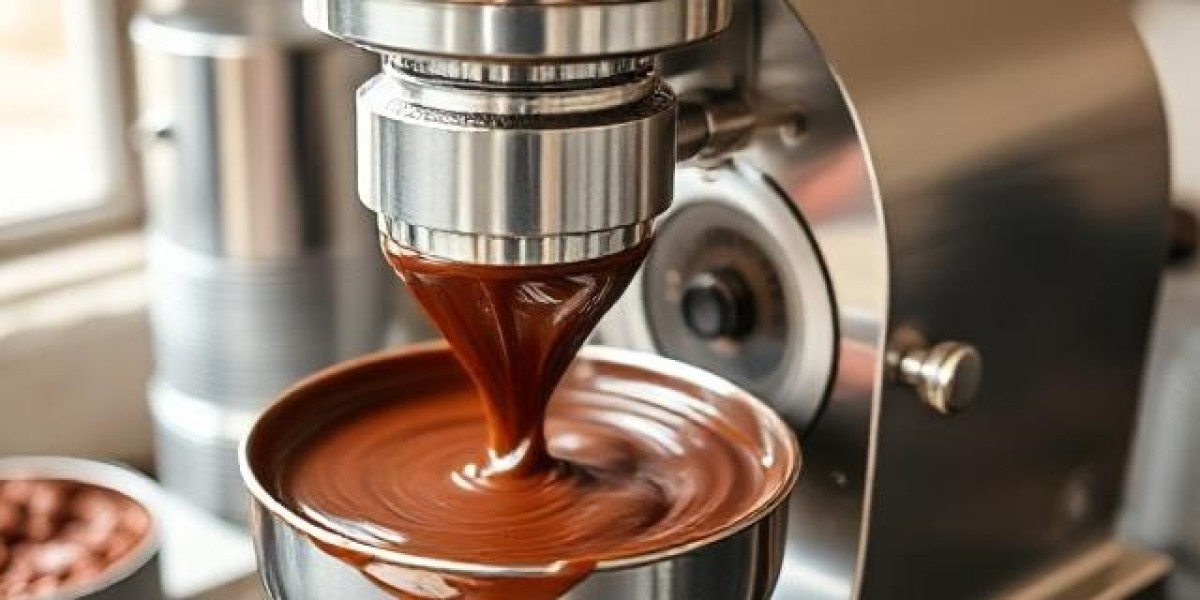To safely comb human hair BOB Wig (without causing tangles, breakage, or damage to the hair cuticle or lace base), the type of brush/comb matters more than brand—you need tools that are gentle, flexible, and designed to avoid snagging. Below is a breakdown of the best brushes/combs for human hair BOB Wig, when to use them, and what to avoid:
1. Must-Have Tools for Human Hair BOB Wig
These are the safest, most effective options—prioritize soft, non-abrasive bristles or wide, smooth teeth to protect the delicate hair strands (human hair BOB Wig don’t regenerate like natural hair, so damage is permanent).
A. Wide-Tooth Comb (Top Recommendation for Most Uses)
Why it’s best: The wide, spaced teeth glide through hair without pulling or snagging, making it ideal for detangling (especially damp hair, which is weaker) and daily brushing. It minimizes tension on the hair cuticle and avoids breaking fragile strands near the lace base.
Features to look for:
Teeth made of plastic, silicone, or wood (avoid metal teeth—they scratch the cuticle and cause static).
Smooth, rounded tooth tips (sharp edges snag hair).
A sturdy but flexible design (too rigid teeth can yank hair).
When to use:
Detangling before washing (critical to prevent wet tangles from worsening).
Brushing slightly damp hair (after washing, before air-drying).
Daily touch-ups (gentle detangling of ends or mid-lengths).
Removing minor tangles without causing breakage.
B. Specialized Wig Brush (For Dry, Styled Hair)
Why it’s best: Wig brushes are designed with ultra-soft, flexible bristles that mimic the way natural hair moves—they detangle without pulling and distribute small amounts of product evenly.
Features to look for:
Bristles made of boar hair, soft nylon, or a blend (boar hair is gentle and adds subtle shine by distributing natural oils; nylon is flexible and great for detangling).
A vented or curved base (conforms to the human hair BOB Wig' shape and reduces pressure on the lace).
No metal parts (avoids scratching the lace or hair cuticle).
When to use:
Brushing dry, styled hair (e.g., after wearing the human hair BOB Wig for a few hours to smooth flyaways).
Maintaining the wig’s style (e.g., straight, wavy) without disrupting the part or hairline.
Adding subtle shine (boar bristle brushes are great for this).
C. Detangling Brush (For Stubborn Tangles)
Why it’s best: Detangling brushes have flexible, multi-layered bristles that “glide” through knots instead of pulling them—perfect for mid-length to long BOB Wig that are prone to tangling.
Features to look for:
Bristles that bend easily (to avoid yanking knots).
An ergonomic handle (for better control while detangling).
Soft, rounded tips (no sharp edges).
When to use:
Removing stubborn tangles (e.g., around the nape or ends of long human hair BOB Wig).
Post-storage detangling (if the human hair BOB Wig has minor matting from being stored).
Use with a small amount of leave-in conditioner for tough knots.
2. Tools to AVOID (They Damage BOB Wig!)
These brushes/combs are too harsh for human hair BOB Wig and will shorten their lifespan—steer clear:
❌ Metal-tooth combs: Metal teeth scratch the hair cuticle (causing dryness, frizz, and breakage) and can tear the delicate lace base if pressed too hard.
❌ Fine-tooth combs: Tightly spaced teeth snag and pull hair, leading to breakage—especially bad for curly or wavy BOB Wig.
❌ Rough plastic brushes: Brushes with stiff, unrounded plastic bristles create static, snag hair, and damage the cuticle.
❌ Hairbrushes with balls on the ends (for natural hair): The “balls” can get caught in the wig’s knots (near the lace) and pull out hair strands.
❌ Pet brushes or grooming tools: These are designed for thicker, coarser hair and will tear wig strands.
3. Pro Tips for Brushing Your Wig
Even with the right tool, technique matters—follow these rules to avoid damage:
Brush from the ends upward: Start at the tips (where tangles are most common) and work your way up to the roots. Brushing from the roots down pulls tangles tighter and causes breakage.
Be gentle near the lace base: The hair near the lace is attached with small knots—avoid pressing hard or brushing vigorously here (use light strokes to avoid loosening knots).
Avoid brushing wet hair (unless using a wide-tooth comb): Human hair is 50% weaker when damp—only use a wide-tooth comb for damp hair (and detangle gently).
Clean your brush regularly: Hair strands, product buildup, or dust on the brush can transfer back to the wig—rinse plastic combs with warm water and mild soap; boar bristle brushes can be spot-cleaned with a damp cloth.
Use a leave-in conditioner for tough tangles: If knots won’t budge, spritz a small amount of wig-safe leave-in conditioner on the tangle, wait 1–2 minutes, then comb through gently.
Quick Recap of Top Tools
Most versatile: Wide-tooth comb (works for detangling damp/dry hair, daily use, and pre-wash prep).
Best for styled dry hair: Specialized wig brush (soft bristles, adds shine, preserves style).
Best for stubborn tangles: Detangling brush (flexible bristles glide through knots without pulling).






